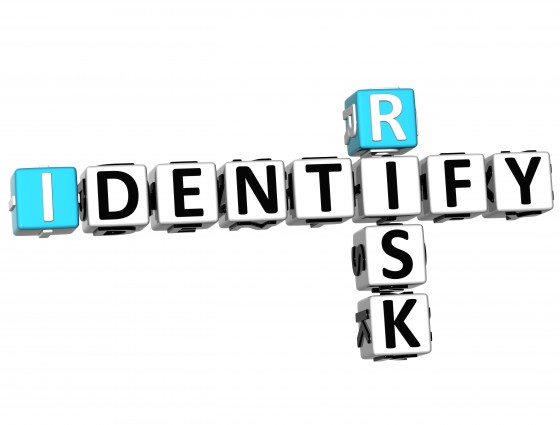How would you like to be a billionaire by the time you’re 23? If you think that’s a dream too good to come true, think again. That’s exactly what happened to Mark Zuckerberg, creator of Facebook.
While it’s true he didn’t strike it rich as a teenager, he did lay the groundwork for the massive worldwide social network while still in his teens at Harvard University.
Steve Jobs was a successful entrepreneur known for his charisma and passion, but also his uncanny ability to make decisions that resulted in success. Like Steve Jobs, successful entrepreneurs tend to break away from the molds their peers seem tied to, and do what other people said was impossible. But for every success story there’s a dozen not so happy endings. If you’re wondering what it is that sets the successful apart from the failures I’d like to suggest that it comes down to understanding and managing risk.
As a young entrepreneur, navigating all the legalities and requirements of starting a business can be mind boggling. It’s easy to get overwhelmed by what you need, what you don’t need, and how much to pay for it all. In the early stages it can seem like you’re bleeding money at an unfathomable rate, but don’t fret. This is often typical in the business world, especially for new businesses.
It’s probably safe to say we’ve all heard the saying “it takes money to make money”, but have you ever heard “it takes money to save money?” When it comes to business insurance that’s the whole truth and nothing but. Without it, you and your business are exposed to more risks than I have time to list. Some risks are easy to see, while others are not. But one thing holds true, they’re all manageable with insurance. To prove my point here’s a short list of risks insurance can help reduce.
- Preventing Financial Loss – Burglars break in and steal, vandals destroy things without reason, Mother Nature has a temper, and accidents can happen. Preventing loss is one of the best reasons to have good insurance coverage. If a thief steals equipment or a fire damages your building, you’ll have to pay out of pocket to recover the loss if you’re uninsured. A good policy makes even the biggest losses a minor bump in the road.
- Mitigate Liability – Running a business puts you in the liability hot seat. Without an adequate policy to protect you and your business from lawsuits you’re literally flirting with bankruptcy. The average general liability insurance plan protects against all types of liabilities that every business faces on a daily basis. Everything is covered, from customers who slip and fall on your wet floors to your damaging another person’s property.
- Insurance Looks Good – Not only does insurance give you peace of mind, it also makes your business look good. Adequate coverage gives clients and potential customers a sense of stability and responsibility; they can trust your business to weather unexpected storms. Likewise, investors and banks like it because insurance tells them their money is in good hands. If something detrimental happens to the business, you banks and investors know you won’t default on your loans. Stabilizing your image is one effect of business insurance that most entrepreneurs don’t fully realize or take into consideration, but it’s a must for success.
online pharmacy addyi with best prices today in the USA
- Legal Obligations – Often times people get insurance for one reason, because it’s required. Most states have laws on the books that require certain insurance, or levels of coverage, before an individual can conduct business. As the laws vary from state to state and industry to industry you’ll want to contact an insurance agent or a small business attorney near you for more information.
Starting a business is a lot of fun, but make sure you cover your basis in the beginning.
Having the right insurance will reduce your risk and make you more appealing to potential investors. I know you’re in this business because you’re passionate; so don’t risk the success of your business to save a few bucks.



